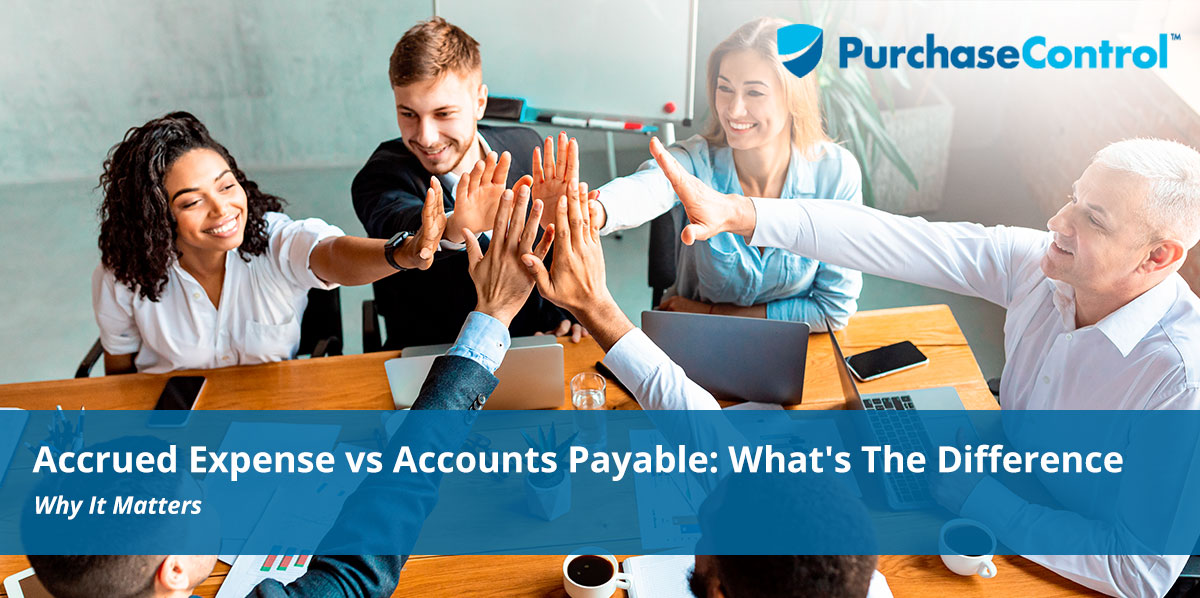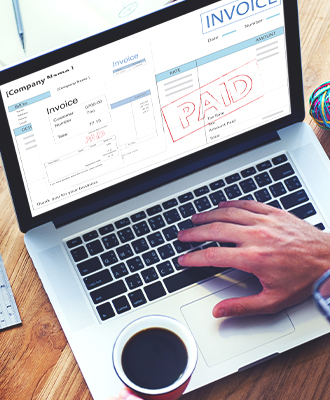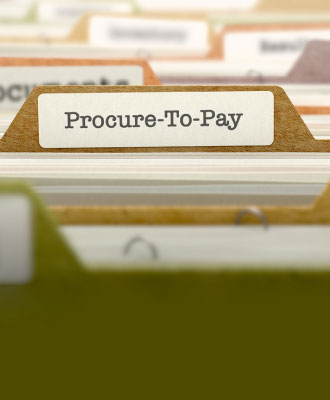Accrued Expense vs. Accounts Payable: What’s The Difference
In accounting, it’s common to hear terms such as accrued expenses and accounts payable. These particular terms are essential in a company’s balance sheet. The main difference between accrued expenses and accounts payable is that accrued expense is recognized in the accounting books for the period it is incurred in whether cash is paid or not. The costs are not actually paid in the same accounting period.
Accrued expenses are the expenses that an organization has already occurred in the past that will be due in the future accounting period. Accrual accounting is a method of tracking those payments. Accounts payable refers to the liabilities that will be paid soon. Payables are those that still need to be paid while expenses are those that have already been paid.
The main difference between accrued expenses and accounts payable is the parties to whom it is paid. Accrued expenses are included in the balance sheet by all companies, whereas accounts payable only arises when companies make purchases on credit. An easy way to remember it is that an accrued liability is something you owe but don’t have invoices for. Accounts payable are the invoices an organization has received.
As far as bookkeeping is concerned, both accrued expenses and accounts payable are a current liability that is usually due within 12 months of the date of the transaction.
What is an Accrued Expense?
Accrued expenses, or accrued liabilities, are expenses that accumulate over time. As an organization collects expenses, that portion of unpaid bills is increasing. The accrual concept of accounting states that the inflows and outflows should be recorded when they occur regardless of whether actual cash is paid or not.
An accrued expense is the expense recognized in the books before payment is actually made. Common examples of accrued expenses include:
- Utility bills for utilities used all month when the bill is received at the end of the month.
- Wages for workers who work the entire period but receive payment at the end
- Services and goods that are consumed but have not yet received an invoice.
Accrued expenses are recorded on the balance sheet at the end of the accounting term and adjusting entries as needed to reflect actual costs. This is because these expenses often have to be estimated and adjusted to reflect the exact amount once bills have been received.
Typically speaking, these are expenses such as rent, bank loan interest, and wages where payments are made every month.
What is Accounts Payable?
Accounts payable includes all expenses that come from credit purchases of goods or services from vendors. Accounts payable are current liabilities that will be paid within the near future. This term is used to describe a company’s short-term liability that must be paid off within a certain amount of time to avoid default.
When it comes to balance sheets, non-financial expenses that are incurred frequently include salaries, wages, interest, and royalties, which are included in the classification.
Accounts payable are realized on the balance sheet when it company buys products or services on credit. Accounts payable only has records that are due to the creditors.
“Both accrued expenses and accounts payable can be listed as a current liability in the balance sheet, but each has different purposes.”
Accrued Expenses vs. Accounts Payable: An Example
Consider a company that pays its employees’ salaries on the following month’s first day for the services they received in the prior month. Someone who worked in the company for all of June will be paid in July. At the end of the year, if the company’s income statement only recognizes the salary payment that has been made, the accrued expenses from the employee services for December will be omitted.
On the other hand, consider a business that gets a $500 invoice for office supplies, when the accounts payable department received the invoice, a record the $500 debit in the accounts payable field, and a $500 credit to the office supply expense. Because of this, anyone who looks the balance in the accounts payable category will see the total amount the business owes all of its vendors and short-term lenders. Then, the company writes the check to pay the bills to the account; it enters a $500 debit to the checking account column and a $500 credit to the accounts payable column in the general ledger.
Except for a few small businesses that rely on cash basis accounting, accrual basis accounting is the accounting method that most companies use to track their books. If an organization makes a sale, the transaction is updated immediately, even if the buyer does not present its payment until the following month. When you sell goods or services to customers on credit, you create accounts receivable (which becomes one of their accounts payable) that is treated as an asset in your accounting system.
The vital point is recognition, which is how a company records the transaction. The two parts of recognition are a completed transaction and a collectible payment. For businesses, this means that the buyer must have already received the goods or services that were sold. Whether or not the payment is collectible depends on the trustworthiness of the buyer to meet their debt.
When a transaction meets these criteria, it can be recognized and then added to the company ledger. Accounts payable are listed on the balance sheet, whereas accrued expenses are listed on the income statement. There are some accounting to record accrued expenses on a business’s balance sheet that there is no standard that requires it to be there. Accrued expenses most often translate to a company’s operating expenses, but accounts payable does not. Accounts payable is a metric that some people used as a measure to balance the acquisition of goods on credit. Accrued expenses are more concerned with the payment for the products and services that keep the business running.
Organizations need both of these accounts to balance their books. Accountants eventually become familiar with what the company has as its accrued expenses and what would go into the accounts payable. Managing these accounts requires a solid understanding of accounting practices as well as the organization’s finances. Within a company, these accounts can be creatively used to help the business establish a more consistent cash flow while still allowing them to afford stock that it can market for short-term profit.
PurchaseControl helps to make Accounts Payable easier with automation and AI
Find Out How








